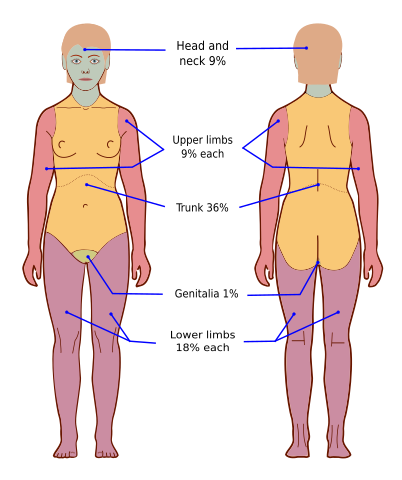Mnemonic: BURNS Burn depth and body surface area (BSA) Burn degree Burn depth Features Healing Mnemonic: Number of degrees = Number of structures involved Mnemonic: RBCS 1st Superficial (epidermis only) Red <1 wk 2nd Partial thickness – superficial (epidermis + papillary dermis) Blister + Blanches 1-3 wks Partial thickness –…
Category: Emergency Medicine
The Real Emergency Room scenarios, cases and topic reviews. Medical emergency conditions – approach to diagnosis and management.
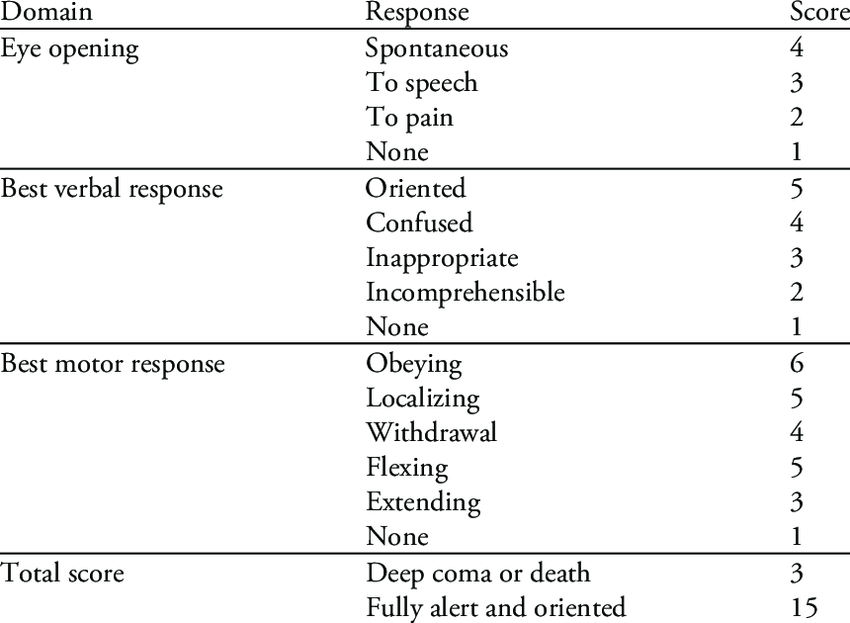
Glasgow Coma Scale
Best eye opening Mnemonic: ESPN Best verbal response Mnemonic: ASWGN Best motor response Mnemonic: OLD BEN Important points Question and Example A 20 year old man is hit over the head with a mallet. On arrival in the accident and emergency department he opens his eyes to pain and groans…
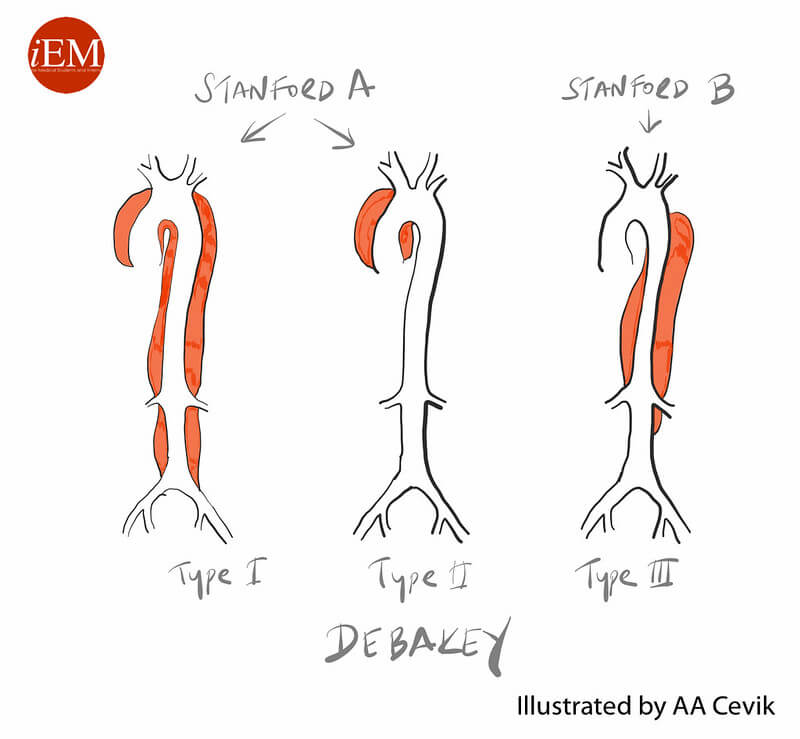
Aortic dissection
Risk factors Mnemonic: ABCDE Pathophysiology Intimal tear allows blood to enter between intima-media space creating a false lumen. Blood may propagate proximal or distal to tear. Clinical features Investigations Classification and Management Stanford DeBakey Description Frequency Management Mnemonic: BAD Mnemonic: A for A; B for B A (Ascending aorta involved)…
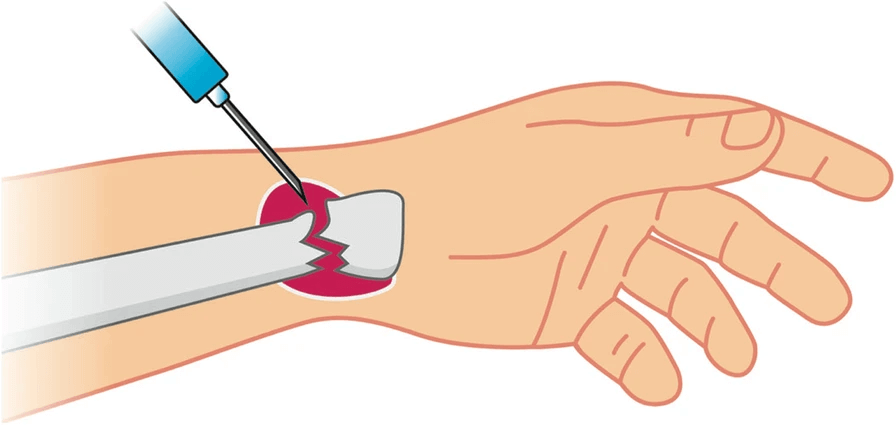
Hematoma Block
Hematoma block is a technique in which a local anesthetic agent is injected directly into the hematoma surrounding the fracture, the location of which is confirmed by aspirating blood into the syringe. Indications of Hematoma Block Contraindications of Hematoma Block Hematoma blocks typically are ineffective in open fractures. Mechanism of…
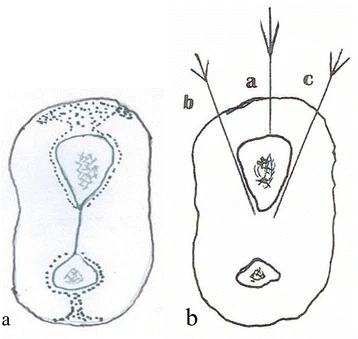
Circumferential Periosteal Block (CPB)
Use: Alternative to hematoma block in reduction of distal radius and ulna fractures Advantage: Providing distance from the fracture hematoma (no theoretical risk of converting closed fracture into open fracture) Disadvantage: Risk of neurovascular injury on volar surface of forearm Local anesthetic and volume: 10–15 ml of 1 % plain lidocaine…
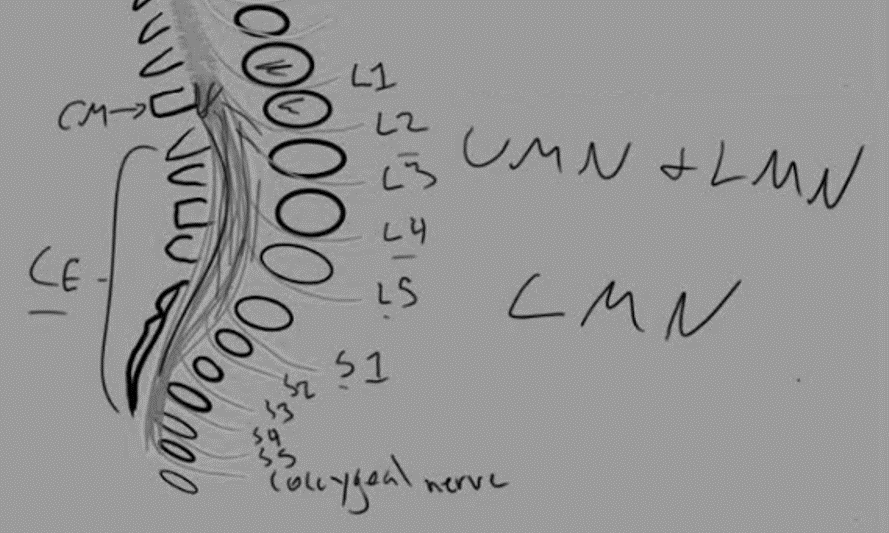
Conus Medullaris Syndrome vs Cauda Equina Syndrome : Anatomical basis and Mnemonic
Definitions Condition Vertebral level of injury Neurological level of injury ISNCI level of injury Conus Medullaris Syndrome (CMS) T12-L2 T12-S5 T11 Cauda Equina Syndrome (CES) L3-L5 L3-S5 L2 Anatomy The spinal cord ends as a tapered structure called the conus medullaris at the level of L2–L3 disc in the neonate…
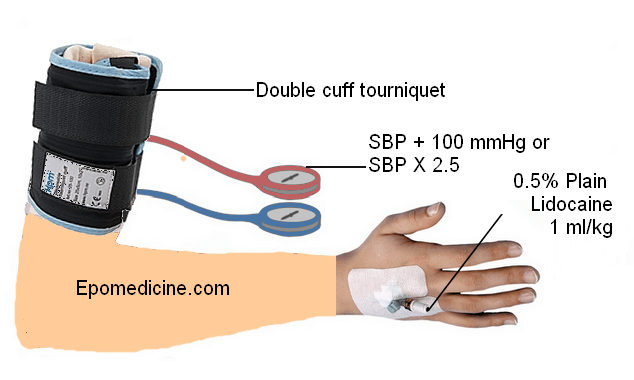
Bier Block
Named after: German Surgeon August Bier (first introduced the block in 1908) Definition: It is a peripheral intravenous local anesthetic block (IVRA; Intravenous Regional Anesthesia) of the upper limb using a pneumatic cuff technique Mechanism of action: Local anesthesia diffuses into the small veins surrounding the nerves and then into…
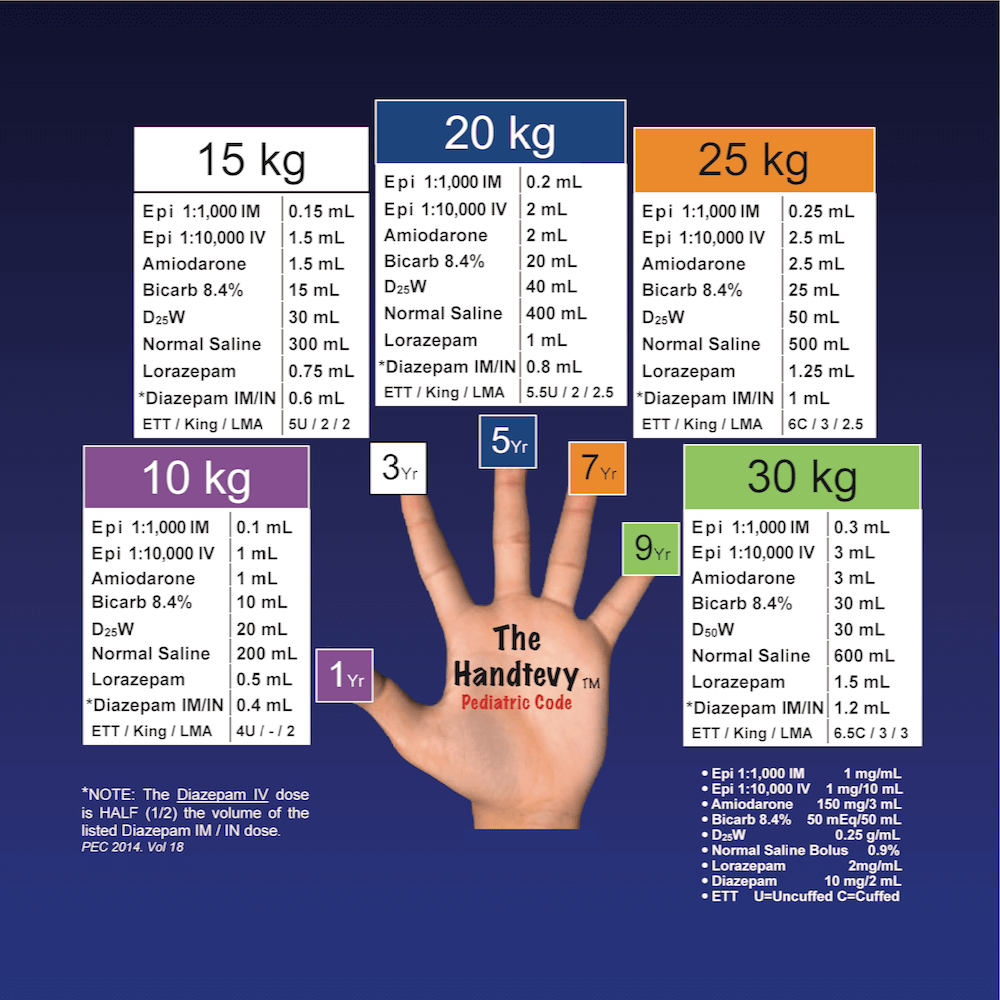
Handtevy Method : Emergency Drug Dose by Age
To obtain the correct weight for each age, assign each finger a chronological odd number starting with 1, representing the age in years. Now, using the same fingers, count in the multiples of 5, starting with 10 to obtain the corresponding ideal body weight in kilograms. For the even ages,…
